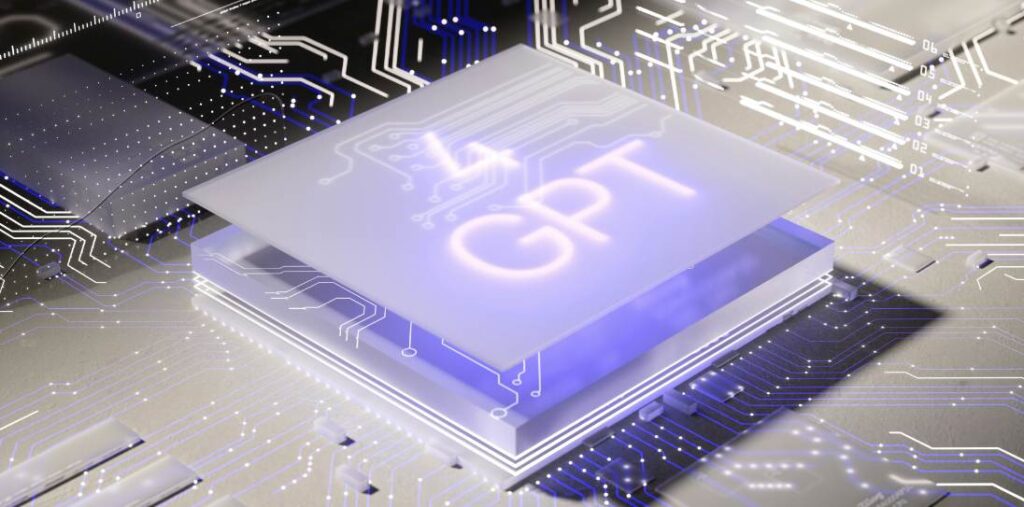As businesses navigate the complexities of an increasingly digital landscape, the integration of artificial intelligence (AI) has become paramount. Among the transformative concepts emerging from this shift are AI automations, AI agents, and agentic workflows. These innovations not only redefine operational efficiency but also usher in a new era of full work automation, powered by platforms like Auto-Works. This article explores various dimensions of these technologies, shedding light on AI voice assistants, large AI models, and multimodal AI agents, while also delving into critical themes of trust, privacy, risk assessment, and learning methodologies.
AI automation refers to the use of artificial intelligence to execute repetitive tasks, thereby augmenting human capabilities and maximizing efficiency. Automation has evolved from simple task execution to sophisticated AI systems capable of decision-making and optimization across multiple domains. According to recent studies, organizations implementing AI automation experience significant productivity increases and cost reductions, which underscores the value of adopting these technologies.
AI agents represent autonomous or semi-autonomous entities that operate through algorithms to perform tasks without direct human intervention. These agents are increasingly being deployed in various industries, from customer service bots to complex decision-making systems in finance. They leverage data processing capabilities to analyze and respond to real-time scenarios, further enhancing operational efficiency.
Agentic workflows encapsulate the interconnected processes within which AI agents function. These workflows draw on both structured inputs from human operators and unstructured data from varied sources, allowing for a seamless synergistic relationship. By streamlining these workflows, organizations can empower AI agents to deliver exceptional outcomes, thereby supporting creativity and innovation.
Full work automation represents the culmination of these advancements, wherein entire processes become automated with minimal human oversight. This trend is especially evident in manufacturing and logistics, where robots and AI-driven systems manage everything from inventory control to supply chain optimization. The goal is to reduce human error, increase output speed, and ultimately enhance profitability, indicating a transformative shift in how work operates across industries.
The Auto-Works platform stands at the forefront of this trend. This comprehensive solution offers companies an integrated framework to implement AI across their ecosystems. By providing tools that allow for the seamless integration of AI automations and agents, Auto-Works enables businesses to develop customized workflows that address specific operational challenges. As a result, companies can reduce overhead costs while maintaining high-quality outputs.
AI voice assistants are another key development in AI technology, providing interactive interfaces that enhance user experience across sectors. These assistants utilize advanced natural language processing (NLP) and machine learning techniques to comprehend user queries and deliver contextually relevant responses. Moreover, they are being integrated into various applications, from customer service to personal productivity tools, making them indispensable in today’s digital world.
AI large models, characterized by their substantial datasets and intricate architectures, further amplify the capabilities of AI agents. These models, trained on vast amounts of information, deepen understanding of context, language nuance, and multi-faceted data. Recent advancements, particularly in transformer architectures, allow for enhanced performance in tasks such as language translation, content generation, and predictive analytics. Industries like healthcare are leveraging these models for applications in diagnostics and personalized treatment plans, yielding remarkable outcomes.
Multimodal AI agents represent the next evolution, capable of processing multiple forms of data—text, audio, video, and images—simultaneously. This multifaceted capability allows them to offer richer interactions and more nuanced insights. Such innovations have applications in diverse sectors, including entertainment, marketing, and education. For instance, in marketing, multimodal AI agents can analyze consumer sentiment across social media platforms, guiding brands in crafting effective campaigns.
As the landscape shifts, it is essential to address key considerations surrounding trust and privacy. With a surge in AI adoption, stakeholders are increasingly concerned about data misuse and algorithmic bias. Companies must prioritize the establishment of robust data governance frameworks that ensure ethical AI deployment. This includes implementing transparent practices, adhering to regulations, and fostering a culture of accountability. Trust is a critical currency in the AI realm, and organizations that succeed in cultivating it will stand out in the competitive landscape.
AI for risk assessment has emerged as a crucial application, enabling businesses to preemptively identify potential threats and vulnerabilities. By utilizing predictive analytics and machine learning, organizations can assess risks across various scenarios, whether they pertain to financial markets, cybersecurity, or regulatory compliance. This proactive stance not only safeguards assets but also fosters resilient business models.
Unsupervised learning techniques represent an innovative methodology within the realm of AI. Unlike traditional supervised learning, which requires labeled datasets for training, unsupervised learning autonomously extracts patterns and insights from unlabeled data. This approach is particularly valuable in environments where data is abundant, but expert knowledge for labeling is scarce. Businesses applying unsupervised learning techniques can uncover hidden opportunities and enhance decision-making through data-driven insights.
Across industries, these technologies are transforming operational paradigms and creating new avenues for growth. In healthcare, AI agents are streamlining patient management workflows, improving diagnosis accuracy, and optimizing treatment plans. In finance, algorithmic trading powered by AI large models predicts market movements, enabling investors to navigate volatility. Retail sectors benefit from AI voice assistants, enhancing customer service and streamlining inventory management.
Looking ahead, several developments are expected to shape the future of AI automation. The continued refinement of machine learning algorithms will enhance the accuracy and efficiency of AI systems, while the expansion of edge computing will allow for real-time data analysis, further streamlining operations. Additionally, organizations will focus on creating more adaptive and resilient AI systems that can learn and evolve in response to changing business environments.
Investments in AI ethics and compliance will likely increase, as companies aim to build trust and safeguard against potential risks associated with AI deployment. Furthermore, as multimodal AI agents gain traction, businesses can expect even richer interactions with technologies that understand and respond to multi-faceted communication.
In conclusion, AI automations, agents, and agentic workflows signify a pivotal shift in how organizations operate. As full work automation gains momentum, platforms like Auto-Works are facilitating the adoption of AI technologies. The innovations in AI voice assistants, large models, and multimodal agents enable businesses to enhance productivity, streamline operations, and deliver superior customer experiences. By addressing challenges like trust and privacy, implementing effective risk assessment strategies, and employing unsupervised learning techniques, organizations can unlock the full potential of AI, paving the way for a future characterized by unprecedented efficiency and innovation.



























